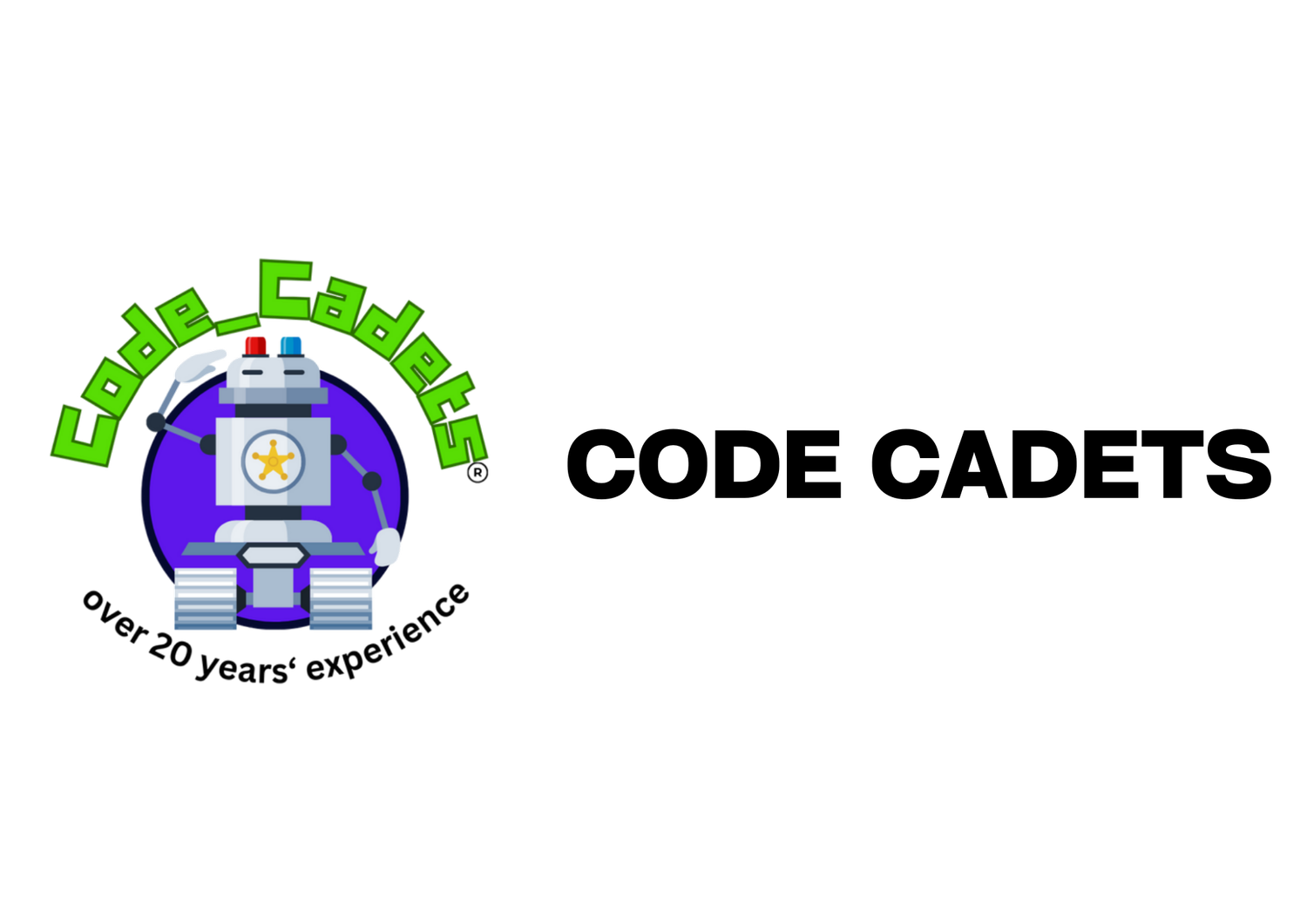coding clubs
A BIT ABOUT WHAT WE DO AND HOW WE DO IT
SOFTWARE DEVELOPER LEVEL 1 - AGE 5-6
For our younger pupils, aged 5-6, we start with game-based problem-solving activities. These initial activities are carefully designed to build foundational skills in logical thinking and problem-solving, which are essential for brain development and can also support areas like mathematics and reasoning. We use platforms called ‘Kodable’ and 'CodeSpark' for these early sessions because its game-based format is highly engaging, making it an ideal introduction to coding principles like sequencing, loops, and conditionals. We know the activities feel like ‘playing games’ to the children, but behind the scenes, they’re engaging with fundamental coding concepts in a way that’s accessible and enjoyable.
Since each child progresses at their own rate, there may be slight differences in activities even for children of the same age group. Our approach is that once a child demonstrates readiness, our tutors will guide them to the next level. Typically, this progression is from CodeSpark and Kodable to platforms like Scratch Jr and Scratch, eventually leading to more advanced languages such as HTML and Python (aged 8+).
As children this age need variety to keep their interest level high, we rotate around those 3 main platforms - CodeSpark, Kodable and Scratch Jr. Scratch is introduced therafter as it brings on board more advanced concepts and requires a bit more problem-solving without as much of a game-centric feel. This should provide an excellent next step that both challenges and engages them.
SOFTWARE DEVELOPER LEVEL 2 - AGE 7-9
With this age group we start with foundational block coding exercises and introductory projects in Scratch, which have been very effective in building core coding skills and fostering creative problem-solving. Most children tend to hover around Scratch for some time. Scratch is an excellent platform for introducing this age group to coding, as it provides a highly visual, engaging, and age-appropriate way to learn programming basics.
Once children have built a portfolio of Scratch games, the next logical step is to make a website upon which to showcase their fantastic Scratch games. This is when we introduce HTML and JavaScript and is their first step into the grown-up world of text-based coding. There is great excitement at the thought of being able to display their Scratch games on their very own website and it’s a great stepping stone from one programming environment to the next.
SOFTWARE DEVELOPER LEVEL 3 - AGE 9-14+
At this level we are really starting to take things more seriously. There’s more of a focus on text-based programming languages such at HTML/JavaScript and we now introduce Python too. Scratch is back on the table now as we try to make the link between block coding and text-based coding. Children may be asked to create a program in Scratch then see the same program represented in Python. Alternatively, after each Python activity, they may return to Scratch to consolidate these concepts in a visual coding environment. This ‘interleaved approach’ allows pupils to become comfortable with text-based syntax and logical thinking in small steps, without overwhelming them.
By working on Python activities in combination with Scratch, children can experience both text-based and visual coding, helping them to understand fundamental programming concepts that are shared between both types of coding language. This flexible switching keeps students engaged while reinforcing their understanding of topics like loops, variables, and conditionals across both environments.
SPECIALIST CODING BADGES - AGE 9-14+
The Software Developer badges represent a way of introducing children briefly to various programming environments. It is expected that they will then discover their favourite upon which to focus and going forward from here they will aim to achieve their specialist badge: Python, JavaScript, HTML or they may have their own language of choice which we are always happy to help with.
progress diaries
You should see your child’s Progress Diary brought home at the end of each term. This will outline the specific activities they’ve been working on and you will be able to map this with their learning outcomes to see the skills they are developing. This detailed breakdown of the skills linked to each activity means that you can see how each task builds their coding abilities step by step.
A FUN AND INFORMAL LEARNING ENVIRONMENT
One of the unique aspects of Code Cadets is that we don’t create a traditional classroom environment. We aim to provide a relaxed, informal club where children follow self-guided tutorials with tutors on hand for support and guidance. The Cadet Hub, our custom platform, fosters this self-paced and interactive approach. We find that by allowing children to explore coding independently, with lots of choice and variety, it helps instil a genuine interest in learning without overwhelming them—especially at this age when coding can sometimes seem intimidating.

